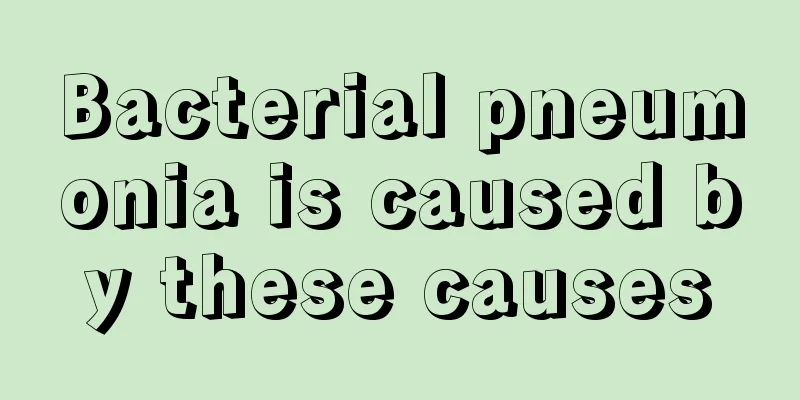Haptoglobin is high

|
Haptoglobin, also known as haptoglobin, is an important globulin in our liver. If our liver is inflamed, the value of this protein will increase because it occupies a part of our plasma and easily forms a compound with our hemoglobin. It is also very important for our body. So why is the haptoglobin high? Haptoglobin, also known as haptoglobin, is an α2 globulin synthesized by the liver, accounting for about 1% of the total plasma protein. It can combine with hemoglobin in plasma to form a certain complex. Protein typing When hemolysis occurs, the free hemoglobin in the plasma increases, the globin bound to it increases, and the plasma haptoglobin decreases. This is a very sensitive indicator of intravascular hemolysis. Haptoglobin typing: HP1-1, HP2-1, HP2-2, HP0. These four types are classified according to the difference in α subunits. Among them, HP0 is quite special and appears in leukemia patients [1]. Normal value Rocket electrophoresis: 1.0-2.7g/L; Radial immunodiffusion method: 0.8-2.7 g/L; Hemoglobin binding method: 0.3-2.0g/L; Clinical significance Decreases seen in: 1. Clinically, Hp measurement is mainly used to diagnose hemolytic anemia. The Hp content in various hemolytic anemias is significantly reduced, even to the point where it cannot be detected. In mild hemolysis, all free Hb in the plasma combines with Hp and is cleared. At this time, free Hb cannot be detected in the plasma, and only a decrease in Hp is seen. It is detected when the amount of free Hb exceeds the Hp binding capacity. Therefore, a decrease in Hp can be used as a sensitive indicator for diagnosing mild hemolysis. 2. Hp is reduced in acute and chronic hepatocellular diseases (such as hepatitis). 3. In infectious mononucleosis and congenital ahaptoglobinemia, Hp may decrease or be absent. 4. Acute and chronic infections, tissue damage, malignant diseases, etc. may also increase the level. 5. Megaloblastic anemia. Elevated levels are seen in: 1. The serum Hp level in patients with extrahepatic obstructive jaundice is normal or elevated; 2. Trauma and burns; 3. Malignant tumor; 4. Acute and chronic infection; 5. Tuberculosis; 6. Rheumatic diseases, such as rheumatic arthritis, rheumatoid arthritis, and lupus erythematosus; 7. Coronary heart disease; 8. Nephrotic syndrome; 9. People with endocrine disorders, those using contraceptives or steroid drugs, and women with normal pregnancy. |
<<: Foods that are good for lymph
>>: What to do if the cd4cd8 ratio is too high
Recommend
What is the best exercise for breast cancer
Nowadays, the incidence of breast cancer is getti...
What disease does lung shadow mean
Lung shadows must not be ignored, as they may be ...
Clinical diagnosis and treatment of renal cancer
Clinical diagnosis and treatment of kidney cancer...
Swollen gums cause swollen jaw
Many people often suffer from getting inflamed, w...
What is the reason for extensive implantation of gastric stump cancer in the abdominal cavity
Gastric remnant cancer refers to the part of the ...
What are the predisposing factors for bile duct cancer? There are many predisposing factors
There are many factors that induce bile duct canc...
What are the simplest ways to remove scale?
In daily life, scale is very familiar to many peo...
Common treatments for breast cancer
Common treatments for breast cancer mainly includ...
Acne on both sides of the forehead is caused by toxins
Basically, the situation of acne on everyone'...
How to promote the recovery of liver cancer patients? 7 things that liver cancer patients must know about recovery
Liver cancer is a malignant tumor that grows in t...
Will long-term depression and anger make you sick?
Depression is a disease that is very harmful to t...
What to do if you rinse your mouth after tooth extraction
Many people have to have their teeth extracted in...
Side effects of washing the nose
Everyone should know that our nostrils can help u...
What are the self-examination methods for breast cancer?
In recent years, breast cancer has gradually rise...
Can I eat yellow peaches during confinement?
During the confinement period, especially for wom...









